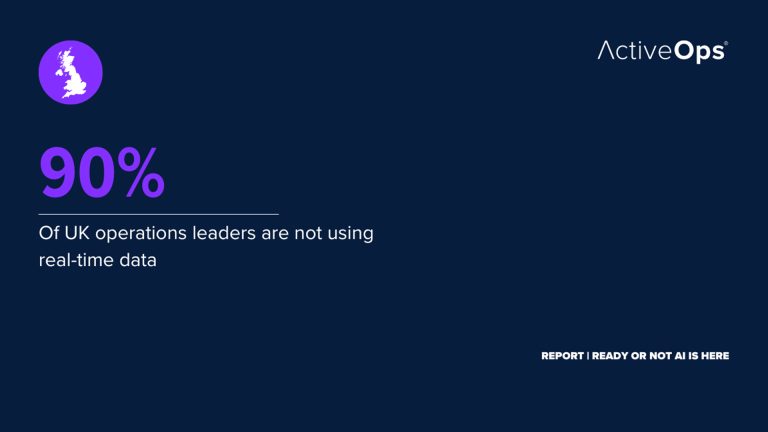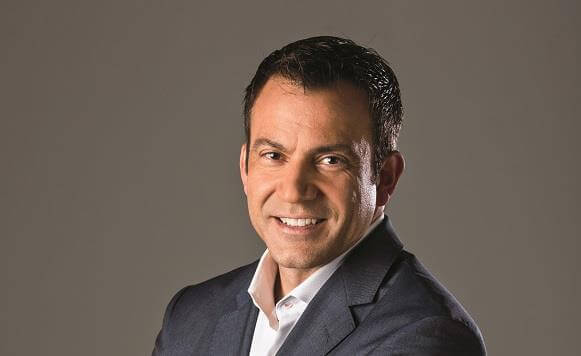
Philipp Buschmann, co-founder and CEO AAZZUR
The Rise of Embedded Finance
Embedded finance may seem like a complex or new concept, but actually, we have been using it for over a decade. It’s become integrated into our daily lives, from banking apps to Apple Pay, to ordering an Uber and a coffee through an app, the simple clicks we make to pay for things have been quietly evolving without us even noticing.
The embedded financial journey started with payments but has swiftly expanded into deposits, lending, insurance, and other financial services. Consumers crave the seamless experience embedded finance provides, erasing friction by weaving financial products directly into their daily lives, precisely when and where they’re needed.
But what about savings for the future? This article will dive into the compelling case for embedded wealth management services.
Tearing Down Barriers: The Rise of Micro-Investing Apps
Embedded finance is tearing down the barriers to entry in wealth management. Traditionally, accessing such services required hefty investments and navigating a maze of financial institutions. Enter micro-investing apps like Acorns and Stash, platforms that allow users to invest spare change from everyday purchases. Gone are the days of requiring huge amounts of self-discipline to save money, now, these platforms analyse your spending habits, and make intuitive and guided suggestions of realistic amounts to save, and, in turn, invest. This ultimately makes wealth management accessible to a much wider customer base and interestingly, is enabling a whole new generation of investors.
Personalisation: Tailoring Financial Advice with AI
Embedded finance thrives on the principle of personalisation, revolutionising how financial advice is delivered. Fintech firms are harnessing the power of data analytics and artificial intelligence to craft bespoke solutions for their users, as the days of a one-size-fits-all approach are gone, customers demand more. A prime example is Wealthfront, an automated investment service firm based in California. Wealthfront uses sophisticated algorithms to meticulously curate investment portfolios tailored to individual goals and risk tolerance levels. So, whether you’re saving for retirement, a dream holiday, or a down payment on a house, Wealthfront will ensure your investment strategy aligns seamlessly with your aspirations.
As innovative personalisation is key, another company that has successfully implemented embedded wealth management tools is Betterment, a financial advisory company that provides digital investment, retirement, and cash management services, based in New York. Betterment sets the standard in personalised retirement planning. Various factors are considered, such as income, age, and retirement timeline, so the company’s cutting-edge tools empower its users to craft a retirement plan that reflects their unique circumstances. Whether you’re a young professional just starting your career or a seasoned investor nearing retirement age, this personalised approach ensures your financial future is optimised to suit your needs and aspirations. A perfect example of how embedding wealth management tools empowers the end-user.
Streamlining Processes: Simplified Interfaces for Enhanced User Experience
Investment platform, SoFi Invest, for example, provides commission-free trading, automated rebalancing, and educational resources—all through an intuitive interface, empowering users on their financial journey and keeping it simple to invest. As users can invest as little as $5, the idea that only investing large sums of money will create more money is becoming obsolete.
Speed and efficiency are two things that everybody values in today’s fast-moving world. Embedded finance streamlines long drawn-out processes, enhancing the user experience and ultimately saving money and time for both the company and the customer. Thankfully, the days of cumbersome paperwork and convoluted terminology are becoming a thing of the past, transparency and accountability are required, so companies must consider that when implementing products and services into their systems.
Fostering Financial Inclusion: Empowering the Underserved
Perhaps the most captivating aspect of embedded finance is its potential to foster financial inclusion. Large segments of the population, including low-income individuals and gig workers, have long been excluded from traditional banking. Embedded finance levels the playing field, offering affordable and accessible services to anyone with a smartphone. Take M-Pesa in Kenya, for instance. This mobile money platform allows users to transfer funds, pay bills, and access other financial services via their phones, revolutionising financial inclusion by providing a lifeline to those previously marginalised. Similarly, companies like Chime and Varo in the United States provide fee-free banking services, catering to the needs of underserved communities and empowering individuals to participate fully in the financial ecosystem.
Addressing Challenges: Prioritising Transparency and Accountability
Of course, with this exciting evolution of embedded finance use cases, it’s vital for companies to ensure they are addressing challenges such as data privacy and regulatory compliance.
The priority must be transparency and accountability to ensure user data is protected and used ethically.
The Road Ahead
Embedded finance represents a significant enabler in the realm of wealth management. As fintech expert Brett King aptly put it, “The future of banking is about making finance invisible, everywhere, and nowhere.”
This paradigm shift isn’t just about buzzwords or trends; it’s about reshaping how we engage with financial services. By breaking down outdated barriers, tailoring solutions, simplifying processes, and promoting inclusivity, embedded finance offers a pathway for individuals of all backgrounds to navigate their financial journeys with greater autonomy and accessibility.
Whether you’re a seasoned investor navigating complex portfolios or a novice exploring the possibilities, embracing embedded finance means embracing a future where financial empowerment is within everybody’s reach.

Philipp Buschmann, Co-Founder and CEO at AAZZUR
Philipp Buschmann is co-Founder and CEO at AAZZUR, a one-stop-shop for smart embedded finance experience. Recognised as a rising star in the FinTech space, AAZZUR’s mission is to build profitable banking whilst at the same time empowering consumers to have access to better informed financial choices.
Philipp is a serial entrepreneur with extensive experience of working in Challenger Banking, Financial Services, IT and Energy across the world. He took one of his businesses public – Ignis Petroleum was publicly listed in the US and Germany.
Having started as a developer in Financial Services, Philipp has first-hand experience of the banking revolution from both a technology and financial perspective. His interest in behavioural economics helped inspire AAZZUR’s revolutionary work on customer centricity in banking.
Philipp holds an MBA from the London Business School. He is passionate about entrepreneurship and loves exchanging ideas, insights and discussing FinTech’s future. He has spoken at major Fintech events including Money 20/20, MoneyLive, Finovate, Fintech Matters, and the Future of Retail Banking.























